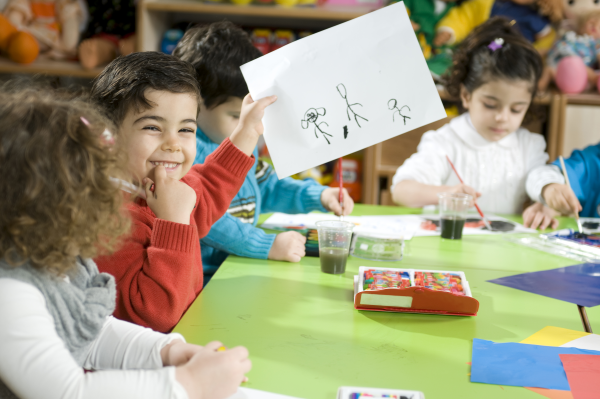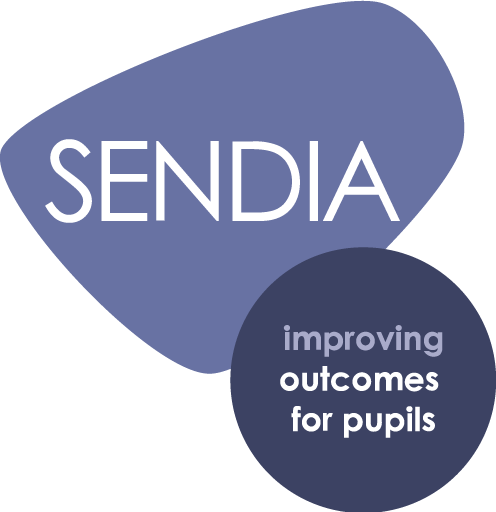A good strategy for supporting pupils with SEND is a good strategy for all. The use of visual supports should be no exception.

I’ve found visual supports to be a useful way to learn and retain new information. Similarly, there is evidence to suggest that PECS support pupils with autism very effectively (you can find more research, studies and trials). So far, over three separate studies have provided evidence which includes RCT or QES, or four or more SCE studies.
However, I am always keen to try and assess the evidence behind ideas and reach an informed conclusion. In this post I have provided an overview of the evidence I have so far and my thoughts on why we should adopt this strategy for all learners.
Historically, there have been cases where good ideas and evidence becomes twisted into a harmful myth (learning styles is a good example).
It is important to understand that while we can present information in different ways to give the best opportunities for learning, this does not mean that each of us learns differently; an untruth we could do with seeing the back of in education, once and for all!
Research undertaken by Mayer et al (1996) found that accompanying visuals with a short summary (no more than 50 words) is more favourable to learning and retaining information than longer explanations with accompany visuals. This is a simple and positive inclusive strategy for all.
Combining visuals and words is a good investment in learning (Mayer & Anderson, 1992).
Kim and Gilman carried out a study of South Korean middle school students, who were taught English vocabulary using four different methods:
It was concluded that the groups who remembered the most vocabulary were those taught with a combination of visual text and graphics, and visual text with audio and additional graphics (Kim & Gilman, 2008).
This adds weight to the suggestion that words alone might not be enough in securing the best possible learning outcomes.
Schneider and Goldstein (2010) considered the use of social stories and visuals to support behaviour for young people with autism. Their resultant paper suggested that social stories are effective in improving on-task behaviour, particularly when pupils are given a visual schedule of the key steps in a story.
Ganz and Flores (2010) came to a similar conclusion when they investigated visual scripts. When implemented in a natural setting, as pupils are asked to display language skills, a script can provide visual and auditory cues (dual coding).
A good strategy for learning transcends social and academic areas and can work at home and in school.
Communication breakdowns and misunderstandings are often the root causes of behavioural, social and communicative challenges we observe among pupils with ASC. Visual cues can supplement other learning and clarify information whilst minimising uncertainty.
However, we should not overlook individual needs. Visual strategies should never simply be seen as a ‘tick box’ and you are done strategy or the answer to everything!
I would nevertheless maintain that visual strategies can:
 Accrediting inclusion
Accrediting inclusionThe SEND Inclusion Award provides a framework for recognising outstanding SEND provision in schools, and identifying areas that have high or little impact on your pupils' outcomes.
To find out more, visit the AwardPlace website.
There has always been the mantra that a good SEND strategy is a good strategy for all, and in this case I would wholeheartedly agree. Using visuals/graphics with key information can really provide better outcomes with social elements and academic learning.
Some of the links and resources below are well worth looking through and considering how, with a robust evidence base, you can collaboratively adopt this ‘good investment in learning’ in the academic year ahead.